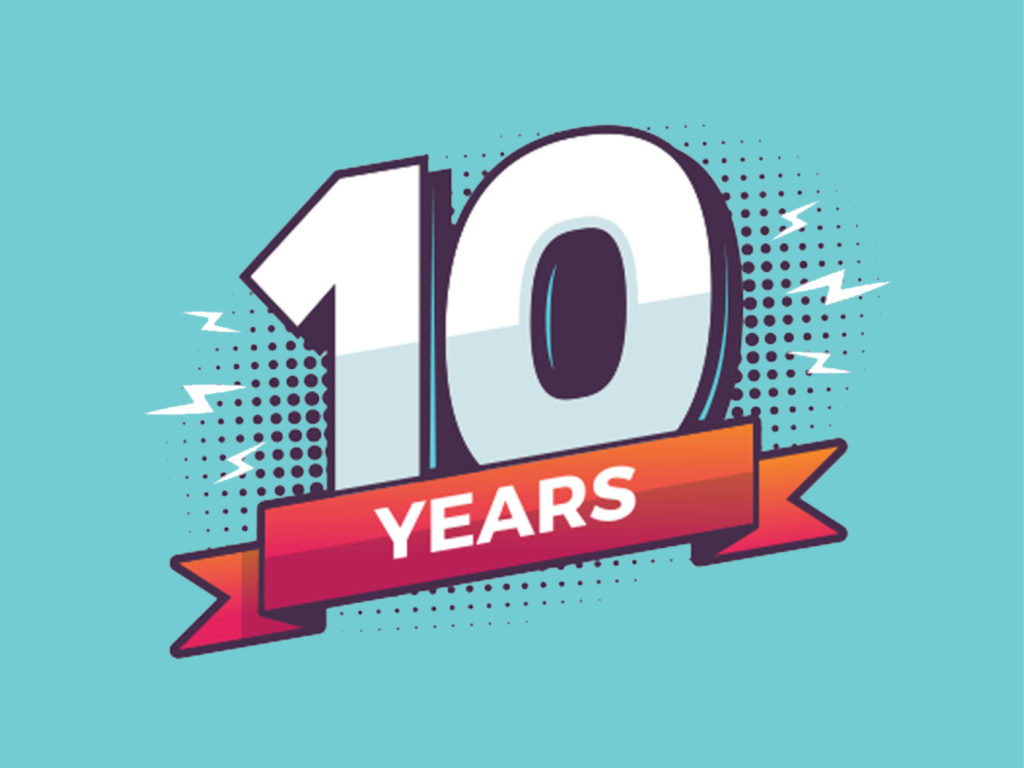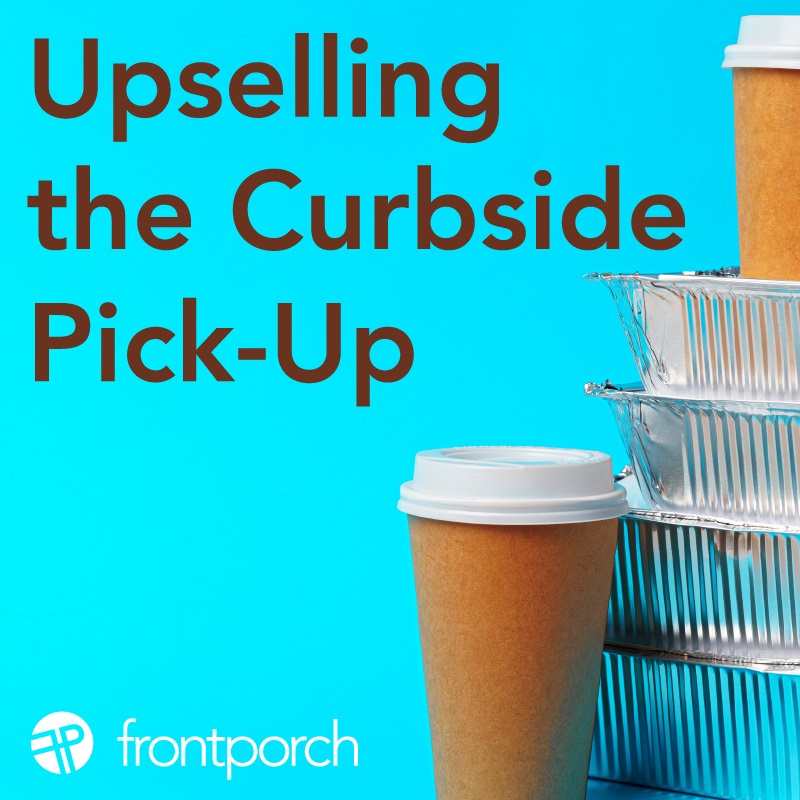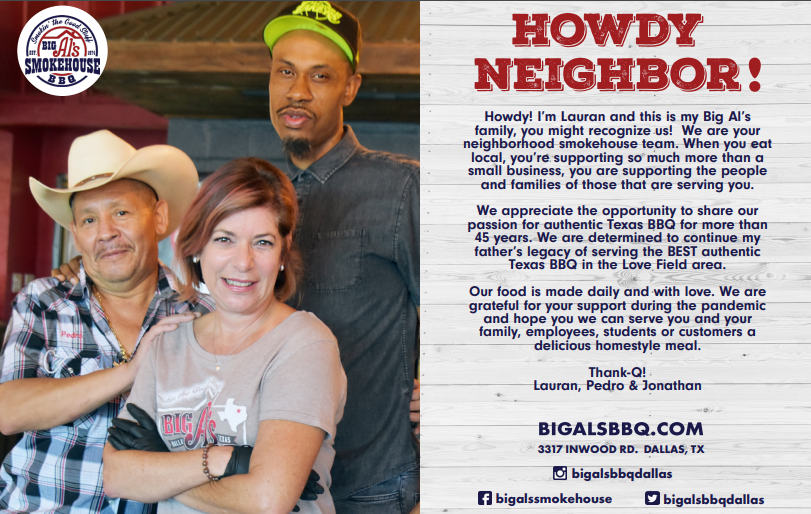
We have put together a must-read list of ’10 marketing books for 10 years’. Front Porch Marketing turns 10-years-old this month! Marketing has been constantly evolving over the past decade. As an all-remote, agile marketing company, we’ve evolved right along with it. But sometimes it can get hard to stay on top of all the changes.
That’s why we turn time and time again to the experts in our marketing books. In honor of our 10th anniversary, we rounded up 10 must-read marketing books that we think demonstrate positive perspectives and practical advice.
Books are one of the easiest ways we know to dive into new marketing topics. Then we can grow our practice and application of that knowledge. We hope these suggestions offer you some inspiring new perspectives on the ever-evolving world of marketing and help you stay on top of all the changes. If we can help you with your marketing challenges in any way, please ask!
Must Reads: 10 Marketing Books for 10 Years – our marketing reading list for 2021
Permission Marketing: Turning Strangers into Friends and Friends into Customers by Seth Godin
This is one of our favorites. Seth teaches you how to frame your marketing messages so that your customers will willingly accept them. Permission marketing enables brands to cultivate long-term relationships with customers. This builds trust and ultimately increases the likelihood of making a sale. Seth challenges you to only talk to people who are already raising their hand asking to speak with you. Then he shows how this customer is your most valuable one.
Give and Take: Why Helping Others Drives Our Success by Adam Grant
This one is near and dear to our own Front Porch Marketing mantra. Adam – an award-winning researcher and professor – says that the key to success is not ambition or greed, but thoughtfulness. Good guys will indeed finish first in Adam’s worldview. And he gives ample evidence and example to prove it.
The Results Obsession: ROI-Focused Digital Strategies to Transform Your Marketing, by Karen J Marchetti
Karen leads with proven and practical digital strategies to boost client leads. She shows you how to increase email click-through rates and generate higher opt-in rates. She shares how to assess your current digital marketing channels like SEO, email and PPC and optimize them for better results. And with an emphasis on small business, this book serves as a handbook to make the most of every marketing dollar.
Marketers of Tomorrow: A Step by Step Toolkit for Inbound Marketing by Tyrona Heath
Tyrona, a Google marketing alum, offers valuable information on attracting and converting customers using inbound marketing. With SEO, blogging, social media and email marketing as your toolkit, follow Tyrona’s step-by-step system to set up and deliver an inbound marketing plan. Turn strangers into visitors, visitors into leads, leads into customers and customers into loyalists using minimal resources.
Blue Ocean Strategy: How to Create Uncontested Market Space and Make Competition Irrelevant by W. Chan Kim and Renee Mauborgne
The authors of this book base their thinking on a study of 150 strategic marketing moves spanning more than 100 years and 30 industries. They show you how to build lasting success from creating a new market space (a blue ocean) in which there are no competitors. This book represents a ground-breaking new perspective because dominant marketing thinking for the past 25 years has been concerned with creating revenue by taking market share away from a competitor.
Brand Storytelling: Put Customers at the Heart of Your Brand Story, by Miri Rodriguez
Miri helps brands understand the why and how of infusing their marketing strategies and tactics with an authentic voice that will resonate with consumers. This book serves as a template for helping brands discover that voice, and their story, and structuring them to share insights with their customers.
Killing Marketing: How Innovative Businesses are Turning Marketing Cost Into Profit by Joe Pulizzi & Robert Rose
Joe and Robert – the founder and the Chief Strategy Advisor for the Content Marketing Institute – share bold thinking putting content at the forefront of marketing. They’ll help you create value for consumers and instill loyalty in your followers. This book outlines how to look at marketing as a profit center instead of a cost center. Content marketing helps brands own media instead of purchasing it.
The Hidden Psychology of Social Networks: How Brands Create Authentic Engagement by Understanding What Motivates Us, by Joe Federer
Joe, the former head of strategy at social media giant Reddit, offers effective engagement strategies on social media through the lens of human psychology, neuroanatomy, biology and anthropology. Using more than a decade of experience, he explains consumer behavior in social media in terms of how the different social platforms each represent different mindsets: the Id, the Ego, and the Superego.
Tap: Unlocking the Mobile Economy by Anindya Ghose
From the MIT Press, Anindya draws from his extensive research in the US, Europe and Asia using real-world examples from global companies to explain consumer behavior in the mobile realm. He identifies nine forces that shape consumer behavior and how to tap into those forces to influence shoppers and maximize brand opportunities.
What’s Your Problem? Become a Better B2B Marketer by Enhancing Your Problem-Solving Skills by Steve Goldhaber
Before jumping into content marketing, step back and assess what the core business problems are that content marketing can solve. Steve offers a guide to identify and define those problems. Then he helps you understand where content marketing can add the most value for your brand. Content marketing is more than just writing and design, and Steve teaches better techniques for distribution, measurement and optimization.

Let us know if you’ve read some of these, or have others that are your favorites! Please share your favorite marketing books in the comments to make our list more complete.











